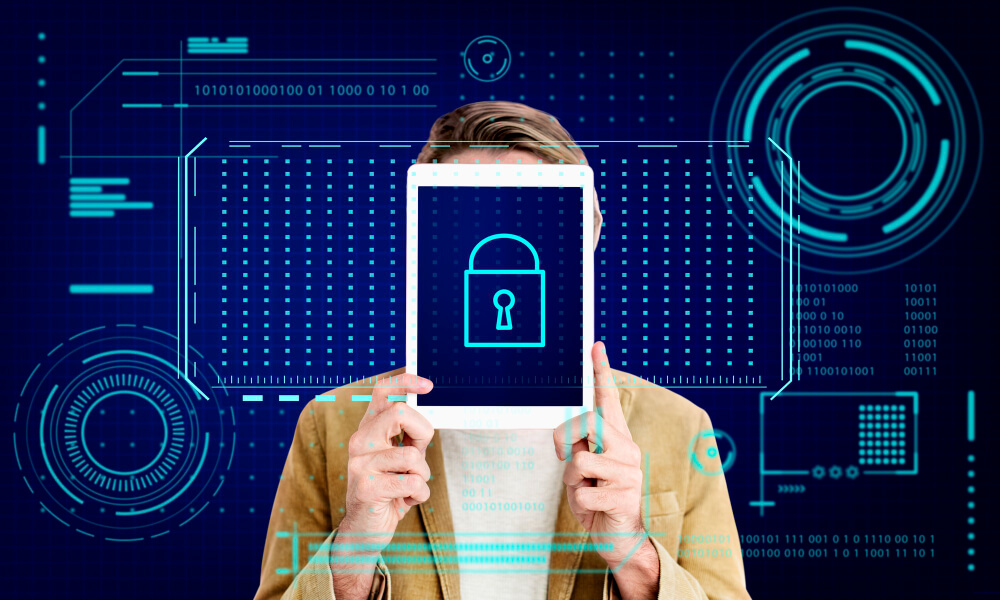In today’s quickly evolving digital world, electronic signatures are essential to the effectiveness of corporate processes. As more businesses see how transformational e-signatures may be, it is critical to guarantee the security and legitimacy of electronic transactions. This article explores the complex world of electronic signature services and emphasizes how crucial multi-factor authentication can be. We will examine how digital signature technology, specifically TRUESigner One, helps to improve security standards, offer reliable authentication methods, and guarantee the integrity of electronic records in the ever-changing world of online transactions. Our focus will be on electronic signatures.
What Is an Electronic Signature?

An electronic signature signals a move toward efficient and paperless transactions. They use digital technologies to provide safe and accepted means of signing papers. Integrating multi-factor authentication into electronic signature platforms improves security by forcing users to provide an additional factor to prove their identity. The integrity of the electronic signing process is improved overall, and the signer’s identity is guaranteed by this extra layer of authentication, which also protects against unwanted access. Multi-factor authentication is essential for maintaining confidence and safeguarding sensitive data in electronic transactions at a time when cyber threats are common.
Types of Multi-factor Authentication in Electronic Signatures-
By requiring users to produce various pieces of identification, multi-factor authentication solutions improve identity verification by guaranteeing a strong and dependable authentication procedure.
The signature platform sends a document link to the signer’s email address to complete the signing. This is how email verification can be done. Below are some examples of additional factors of authentication of the signer.
- Mobile verification- The signer receives the OTP on the mobile number, which can be verified on the signature platform to authenticate the signer’s identity.
- PAN verification- the signer can add a permanent account number, and the signature platform can verify that.
- Liveliness check- The signer can capture a video to complete the liveliness check and proceed for signature.
Benefits of Multi-factor Authentication in Electronic Signatures

Multi-factor authentication (MFA) solutions improve security and dependability in digital signature authentication and have several advantages. The benefits basis of their specific outcomes are as follows:
- Enhanced Security: By asking users to present several forms of identity, MFA adds more security and lowers the possibility of identity theft and illegal access.
- Decreased Fraud: By considerably reducing the likelihood of fraudulent activity involving electronic signatures, the multifactor authentication procedure assures the validity of signed papers.
- Compliance: Several industries need strict authentication procedures to maintain regulatory standards. By using MFA, companies can improve the legal validity of electronically signed documents while maintaining compliance with these standards.
- User Confidence: MFA builds users’ trust in digital signing by reassuring them that cutting-edge security mechanisms protect their electronic signatures.
- Protection Against Unauthorized Alterations: By using MFA, businesses may reduce the possibility that electronically signed documents may be altered without authorization, protecting the integrity of the signed information.
Multi-factor authentication is a crucial tool that redefines the security environment in which we authenticate online electronic signatures, thereby resolving current problems and creating a more reliable and trustworthy environment for digital transactions.
TRUESigner One: A Pioneer in Multi-Factor Authentication
As a multi-factor authentication pioneer, TRUESigner ONE provides a comprehensive platform to meet various document signing requirements. This innovative system supports every signature, including PKI, electronic, UID/Aadhaar-based, and HSM/DSC tokens. It guarantees smooth and effective signing experiences by enabling the creation and storage of multiple types of documents involving multiple signatories. To meet the needs of various workflows, TRUESigner ONE offers cutting-edge capabilities, including editable templates, role-based signatures, and e-stamping on contracts. Real-time monitoring is possible with the admin dashboard, and time-saving bulk upload and signature functions come together. This platform, which prioritizes liveliness, security, and traceability with multi-factor authentication, is highly scalable and effective for managing large volumes of digital signatures.
Summing up:
This blog examines the critical requirement for solid security in online transactions. The blog highlights the importance of multi-factor authentication systems in protecting digital interactions, focusing on how we validate electronic signatures online and using TRUESigner ONE. It explores the complexities of online signature authentication, guaranteeing the highest security and dependability, focusing on electronic signature authentication and digital signature verification tool technologies.



